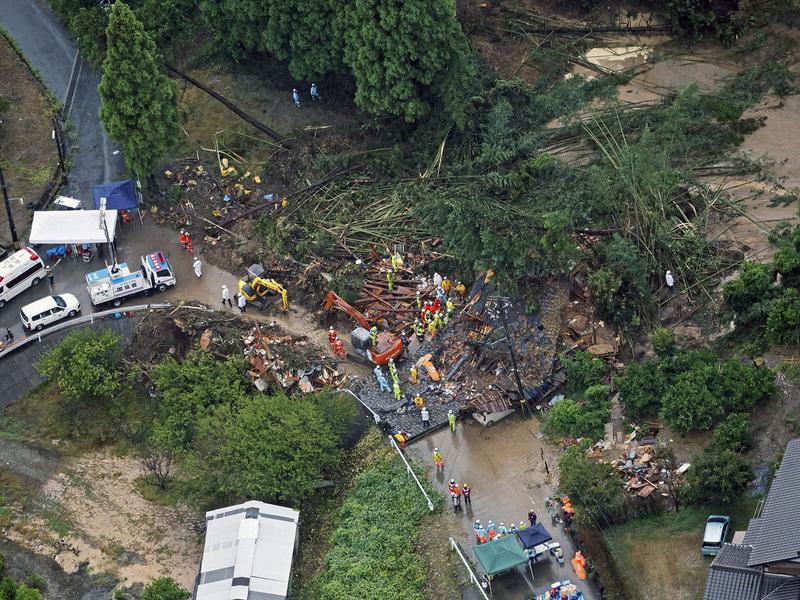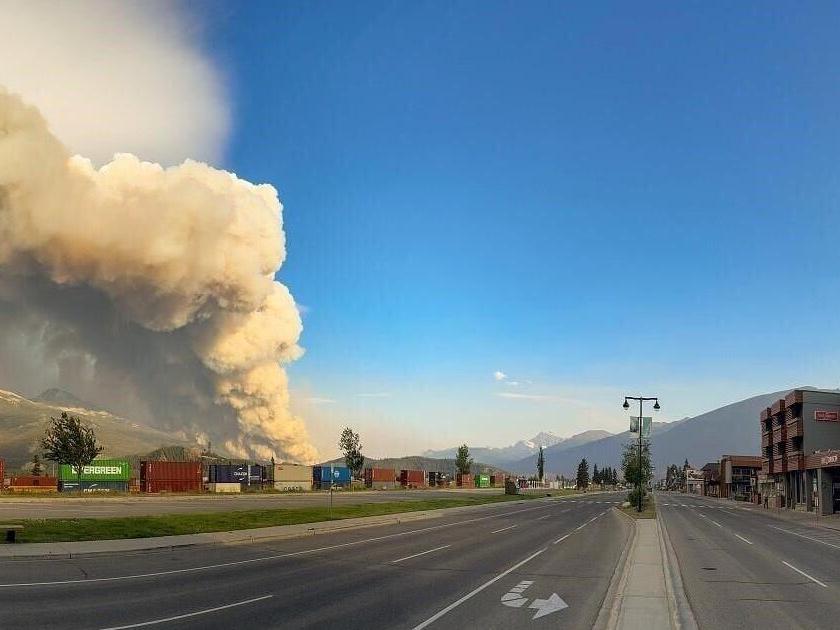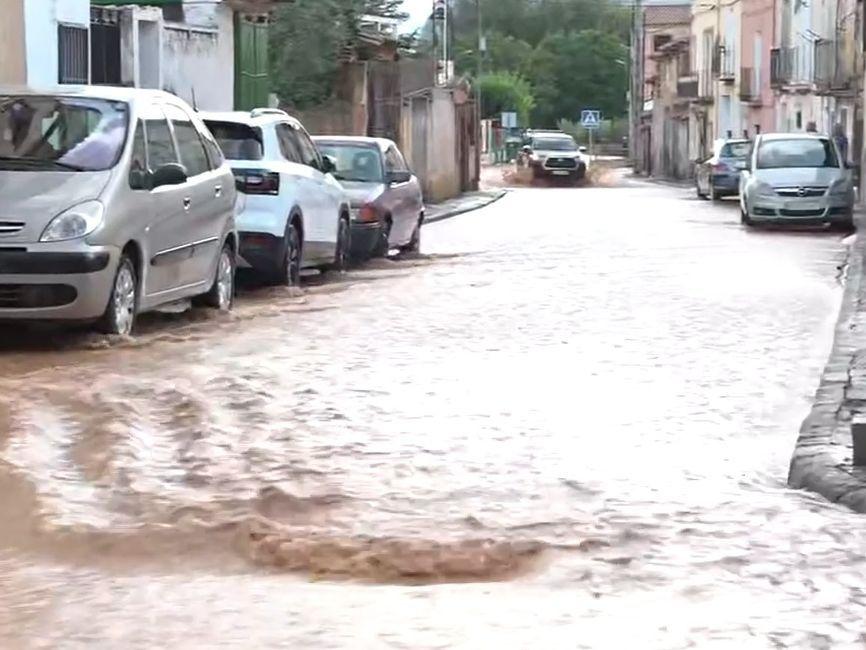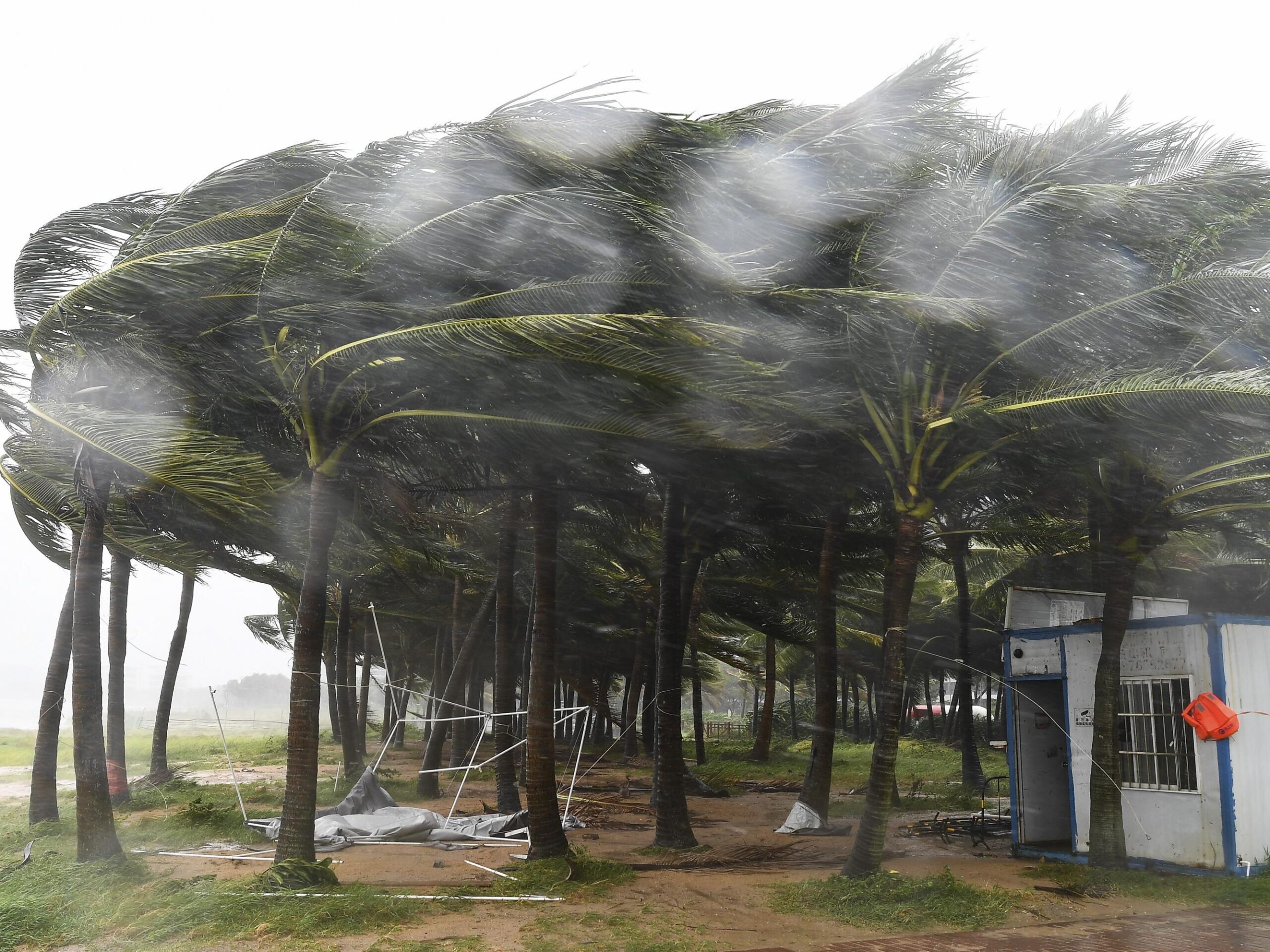Typhoon Shanshan has struck southwestern Japan with devastating force, causing at least three deaths, injuring dozens, and forcing millions to evacuate. The storm made landfall on the island of Kyushu on Thursday, August 29, 2024, bringing winds of up to 250 km/h and torrential rains exceeding 400mm in some areas. The Japan Meteorological Agency (JMA) has issued rare emergency alerts, warning of ‘life-threatening situations’ in several prefectures.The impact of the typhoon has been severe and wide-ranging. Over 5.2 million people have been issued evacuation notices, with authorities urging residents to take immediate action to save lives. The storm has caused significant infrastructure damage, leaving over 250,000 households without power across seven prefectures in the Kyushu region. Major transportation networks have been disrupted, with Japan Airlines and All Nippon Airways cancelling over 500 flights, affecting more than 40,000 passengers.The economic impact of Typhoon Shanshan has been substantial. Major companies, including Toyota, Nissan, and Honda, have suspended operations at their factories in the affected regions. Toyota alone has halted production at all 14 of its domestic assembly plants until Friday. The Sendai nuclear power plant, however, is reported to be operating normally despite the severe weather conditions.As Typhoon Shanshan continues its northward trajectory, authorities are bracing for potential impacts in central and eastern Japan, including Tokyo, by the weekend. The JMA has warned of ongoing risks of catastrophic flooding, landslides, and coastal erosion across the country. Prime Minister Fumio Kishida has instructed his cabinet to prioritize public safety and cooperate closely with local authorities in disaster response efforts.This event serves as a stark reminder of Japan’s vulnerability to extreme weather events and the importance of preparedness and swift action in the face of natural disasters.
Key points
- Typhoon Shanshan has caused at least three deaths and forced over 5.
- The storm has brought winds up to 250 km/h and rainfall exceeding 400mm in some areas.
- Major companies like Toyota have suspended operations, and hundreds of flights have been cancelled.
- Authorities warn of ongoing risks of flooding, landslides, and coastal erosion as the typhoon moves northward.
2 million people to evacuate in Japan.
Contradictions👾There are slight discrepancies in the reported number of injuries, with figures ranging from ‘dozens’ to specific counts of 74 or 82 injured.



